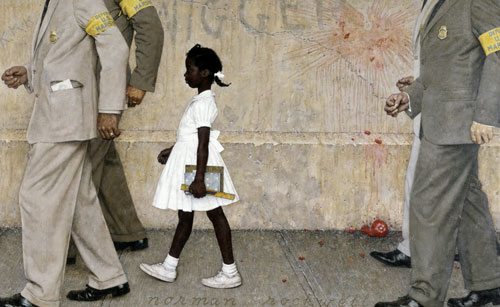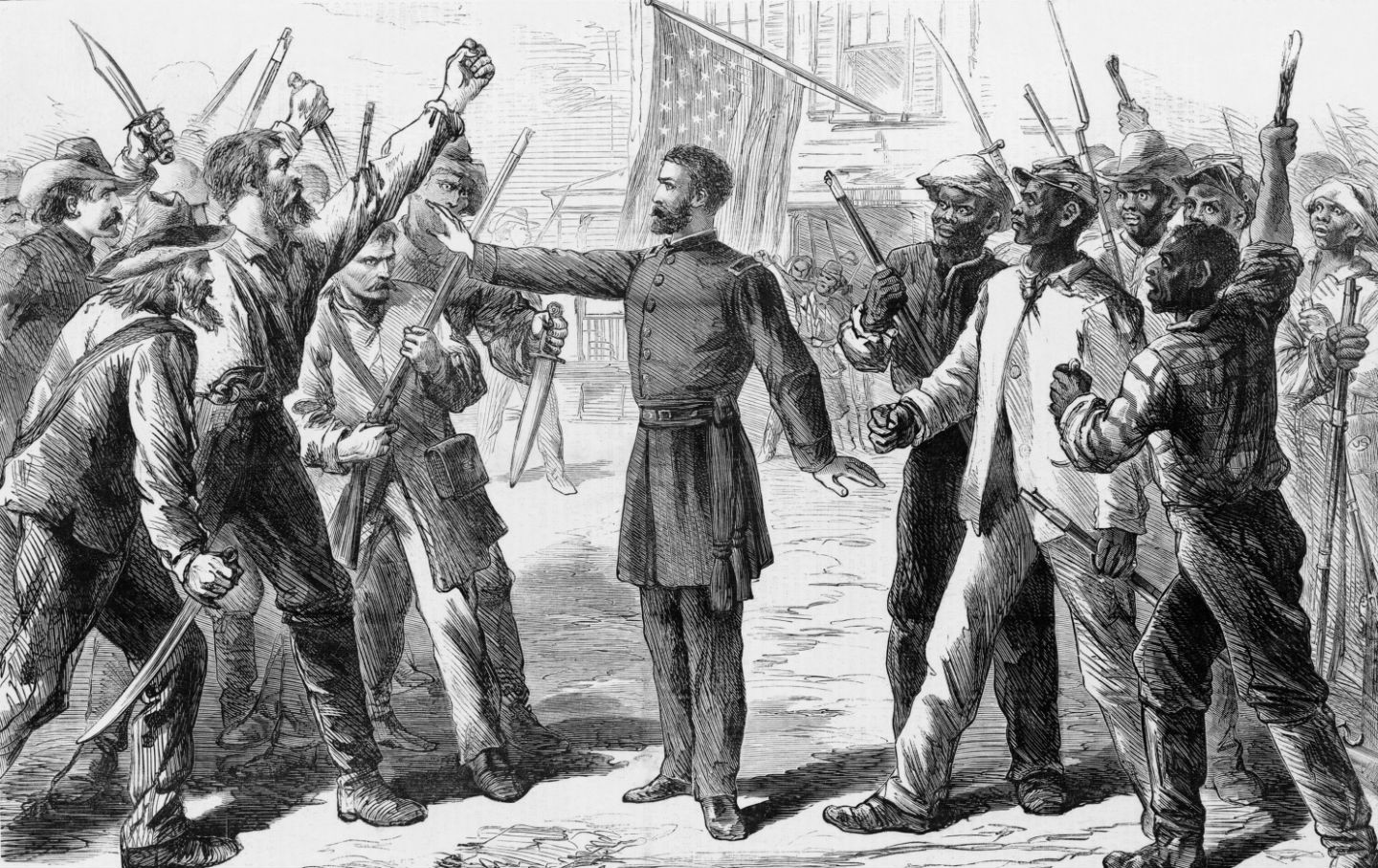LAD #39: Brown vs. Board of Education
In 1896 the Supreme Court ruled in Plessy vs. Ferguson that racially segregated public facilities were legal, so long as the facilities for whites and blacks were equal. This case became known for "separate but equal" and lasted for the next six decades. The Brown v. Board of Education was made up of four similar cases about school segregation that were all brought to the Supreme Court, where they were combined into a single case. On May 17, 1954 the Supreme Court ruled that separate but equal has no place in public education and that the plaintiffs were being deprived of equal protection under the 14th amendment. Although Brown v Board of Education did not lead directly to the desegregation of schools on its own, especially in the stubborn South as seen by the Little Rock Nine, it sparked the Civil Rights Movement.
/https://public-media.si-cdn.com/filer/17/c8/17c8726f-d75c-4456-b1db-7721717fd4e5/ap_39517859172.jpg)


In Brown v. Board of Education African Americans fought for the chance to be treated equally, a battle that began much before then, during Reconstruction.
/https://public-media.si-cdn.com/filer/17/c8/17c8726f-d75c-4456-b1db-7721717fd4e5/ap_39517859172.jpg)


In Brown v. Board of Education African Americans fought for the chance to be treated equally, a battle that began much before then, during Reconstruction.


Comments
Post a Comment